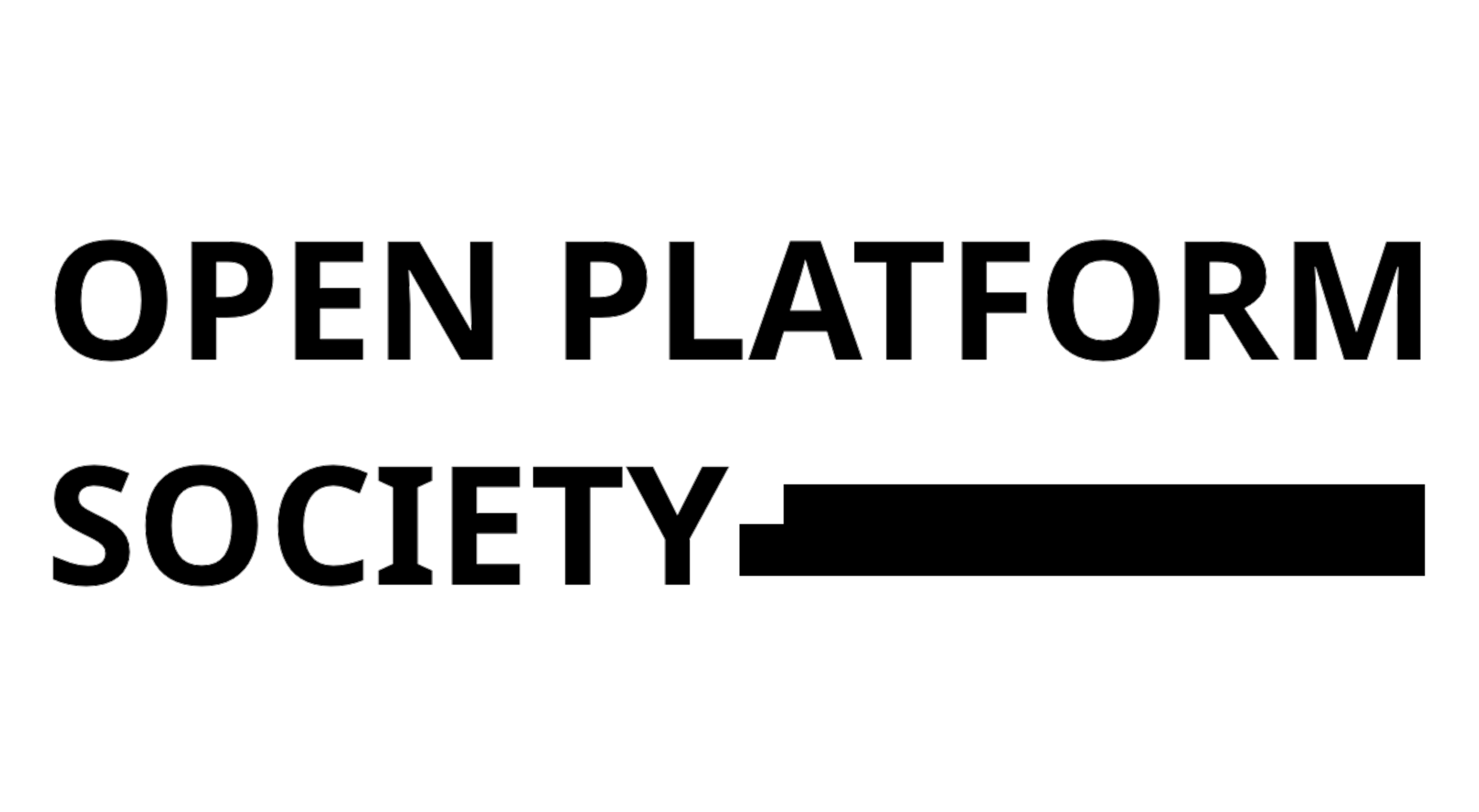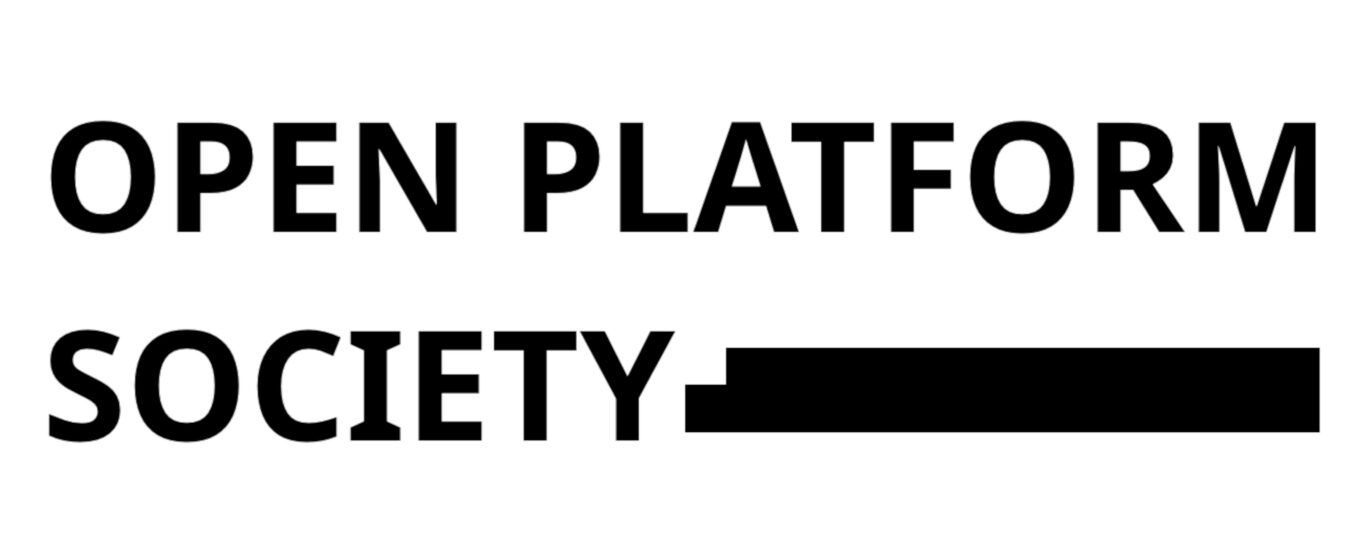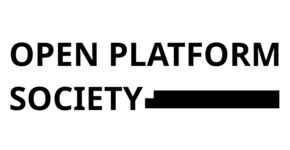Open data refers to the concept of making certain types of data freely available to the public, without restrictions on access, usage, or redistribution. It is a movement that promotes transparency, collaboration, and innovation by allowing individuals, organizations, and governments to share data with others.
Definition of Open Data
Essential characteristics of Open Data can be defined by Three Laws of Open Government Data [1] which is shared by Professor David Eaves in 2009, currently he is an Associate Professor in Digital Government at the UCL Institute for Innovation and Public Purpose (IIPP).
- Discoverable: If it can’t be spidered or indexed, it doesn’t exist.
- Accessible: If it isn’t available in open and machine readable format, it can’t engage.
- Reusable: If a legal framework doesn’t allow it to be repurposed, it doesn’t empower.
Quality of Open Data
The concept of “5-star open data” [2] was proposed by Sir Tim Berners-Lee, the inventor of the World Wide Web, as a framework for evaluating the quality and openness of published data. It provides a simple way to assess the level of openness and usability of data. The five stars represent different levels of data openness, with each star indicating a higher degree of openness and reusability. Let’s delve into the five stars of open data:
- ★☆☆☆☆: Available on the Web
- ★★☆☆☆: Available as Structured Data
- ★★★☆☆: Available in a Non-Proprietary Format
- ★★★★☆: Using Open Standards
- ★★★★★: Linked Open Data
References:
- Three Laws of Open Government Data: https://eaves.ca/2009/09/30/three-law-of-open-government-data/
- 5-star Open Data: https://5stardata.info/en/
“What is Open Data” by Open Platform Society.




